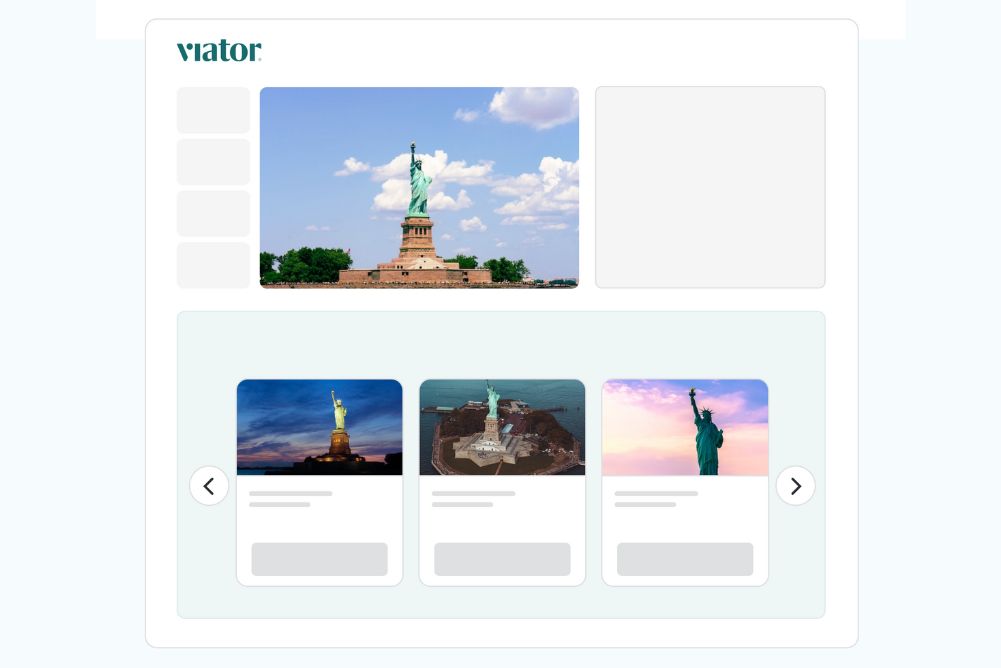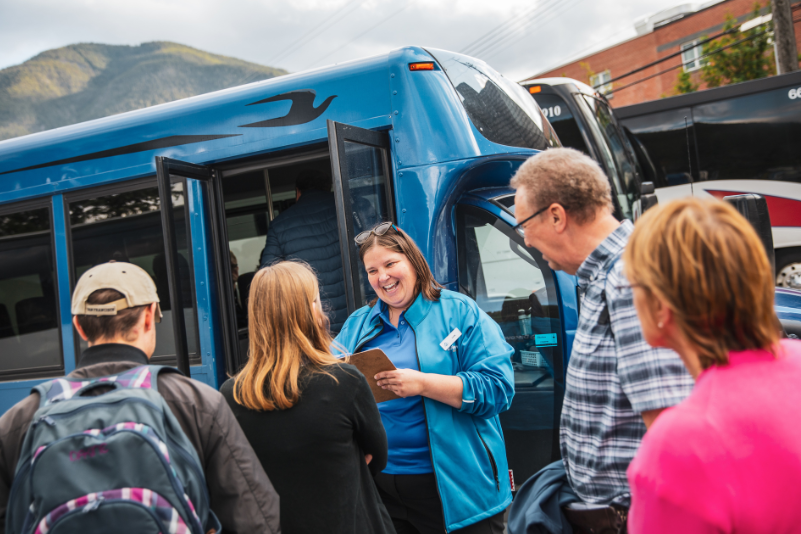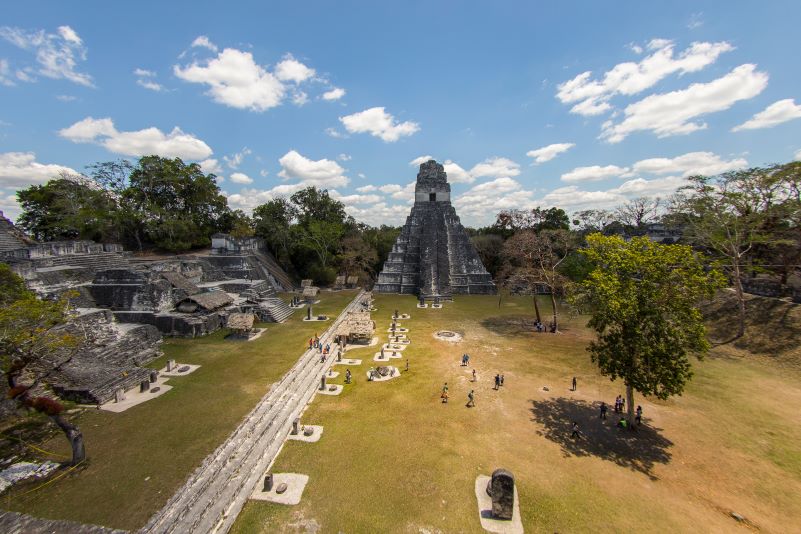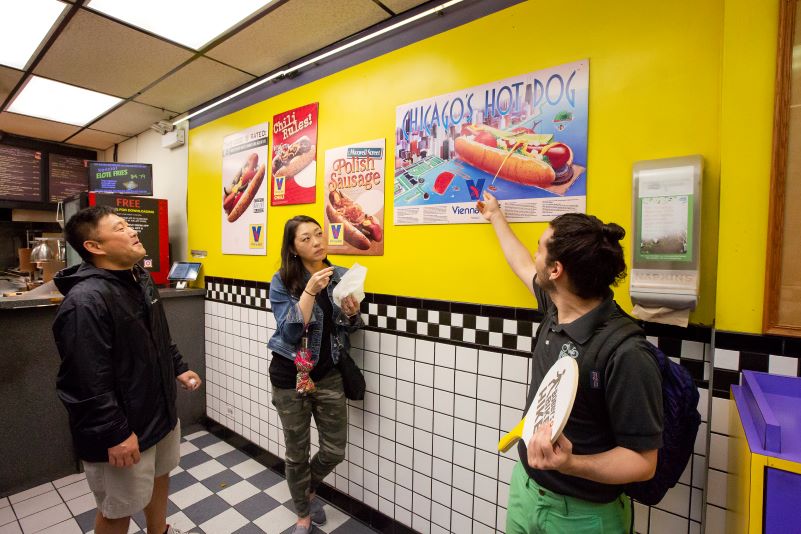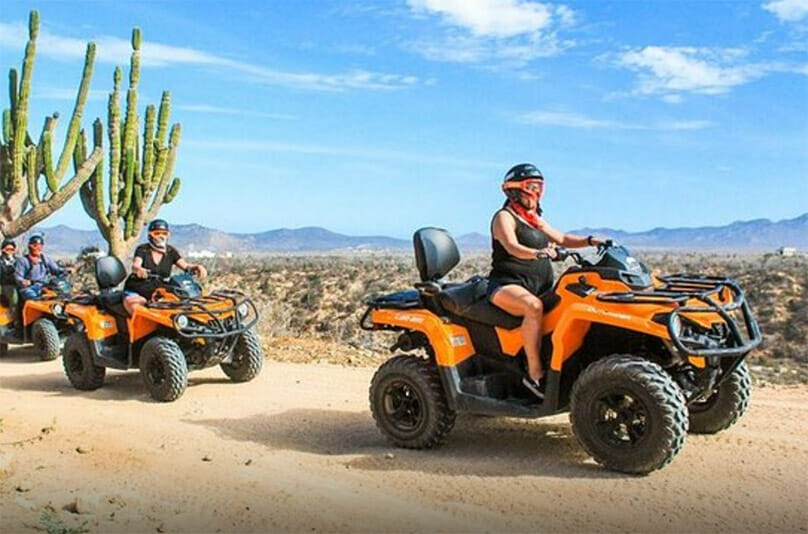Whether you’re an established tour company who knows its audience or an individual just starting to sell a unique experience, it’s crucial that you (or your tour guides) tell the right story that resonates with your customers. What types of travelers are you attracting or do you want to attract—backpackers, couples, families, millennials, baby boomers, etc.? Tailor your experience according to your desired audience set (or multiple), and then make sure you know your stuff.
In part one of our Getting Started Guide for Experience Hosts, you learned how to identify what type of Experience you could offer to travelers—based on your own passion, knowledge, or skills, while also considering competitors in your city or town and potential gaps in the market.
Here in part two, you’ve decided on what kind of experience to offer. Congratulations! Now it’s time to build your expertise to ensure you have enough knowledge to deliver a high-quality, immersive product—particularly through amazing storytelling. Of course, you might already have the expertise to confidently deliver. If not, below are some good tips for developing the story of your experience.
- Take relevant courses, workshops, or trainings to build knowledge on your Experience.
- Do research online, at your local library, in the travel space, etc.
- Try out similar experiences to see what works best for yours. Talk to other travelers during the experience to see what worked or could be improved.
- Engage with locals and build your network. Make friends with people who might have knowledge in your category and could help you to shape your story.
Develop a Story for Your Experience
Check out the video below from our friends at Be a Better Guide on how to tell great stories during your tours. Learn more from Be A Better Guide here.
Consider how you would convey your experience to different audiences. Be clear with your main message and leave out unnecessary details. Set your larger narrative, and weave in interesting facts and personal anecdotes. Think of ways to engage and connect with your guests. For example, you could start with an icebreaker by having your guests pair up, introduce themselves, and have them share why they signed up for the activity. (This could also be a helpful information-gathering opportunity for you.)
Test It, Change It
Test out your own experience with friends or family. Experiment with different approaches, and then modify and refine your product.
Product Development Examples
To bring all of the above product-development ideas to life, let’s say you want to create a unique culinary experience such as a food-themed tour or dining itinerary in your city. Here are some ideas for designing it:
1. Pick a specific theme or angle: The best way to market food tours is to focus them on a theme. Showcase a specific type of food or cuisine that is popular in your city, like tacos in Downtown Los Angeles or crepes in Paris. Food tours might also center around a particular diet, such as gluten-free, vegan, or vegetarian.
2. Visit secret local eateries: On your food tour, include local bars, restaurants, or markets that a traveler might not otherwise discover. Visiting hidden, neighborhood-favorite stops adds value to your product by offering an experience travelers could have only while accompanied by a knowledgeable local guide.
3. Highlight a unique guide or instructor: Travelers are looking for standout ways to enjoy your city. To differentiate your product from similar ones, highlight why you are the best guide or instructor to lead it. Whether your tour is run by a chef, foodie, food critic, or grandma, this important detail shows travelers one reason why your tour is different—and better—than a competitor’s.
4. Offer hands-on classes and workshops: Aside from traditional food tours that visit markets or cafés, travelers want to truly immerse themselves in local culture. Food-making classes or workshops transform a local or specialty dish—such as pasta, sushi, gelato, or ramen—into an interactive way for guests to meet locals, learn something new, and have a lasting experience they can take home in the form of recipes, cooking skills, etc.
5. Invite them to a dining experience: Create a new way to try local cuisine for travelers, such as a meal with a chef or in a local home. This can involve prepared specialty foods, market-to-table experiences, or a 6-course meal. Social brunches are another way to enable customers to taste regional foods and meet other travelers or locals.
As another example, let’s say you want to capitalize on the fact that travelers from all over the world are looking for unique ways to experience foreign destinations in their native language. You’ve decided to offer a non-English tour in the United States on Viator. Here are a few ways to build a successful product:
1. Create a simple sightseeing itinerary: Travelers visiting a city for the first time are looking for someone to show them the highlights. By putting together a simple sightseeing tour of some of the city’s most popular attractions, hosted by a guide who speaks the traveler’s native language, you can offer a valuable experience for them to be more comfortable while exploring a new place. For example, in Seattle you might want to offer a Pike Place tour with a local Italian-speaking host.
2. Show off your interests: Even if you are not an expert in a specific field, take advantage of your local knowledge and offer an Experience centered around an interest you have in art, food, sports, or another activity or specialty in your city. Serving as a local host who speaks a traveler’s language, you can give them a deeper understanding of, for example, a specific Los Angeles neighborhood, park, or food scene while imparting what you love about the City of Angels.
3. Pick a specific location or activity: Products usually perform better when they have a very specific angle. Center your Experience around a specific landmark or area of your city that you know well. In New York City, for example, you could offer a street art tour of Brooklyn in Japanese or a Central Park walking tour with a Russian-speaking guide.
4. Make your Experience stand out: Find ways to set your product apart from similar ones. Leverage your interests and experience to come up with a unique and fun activity or angle to separate your offering from any other.
2. Understanding Your Audience


